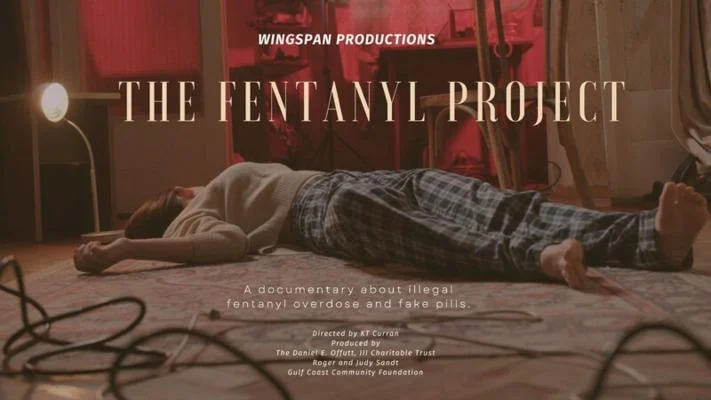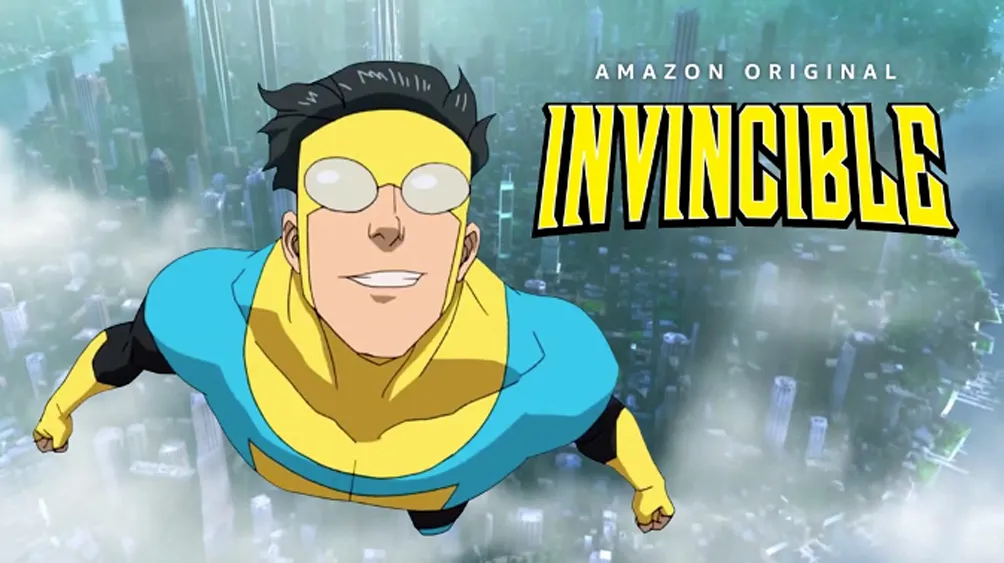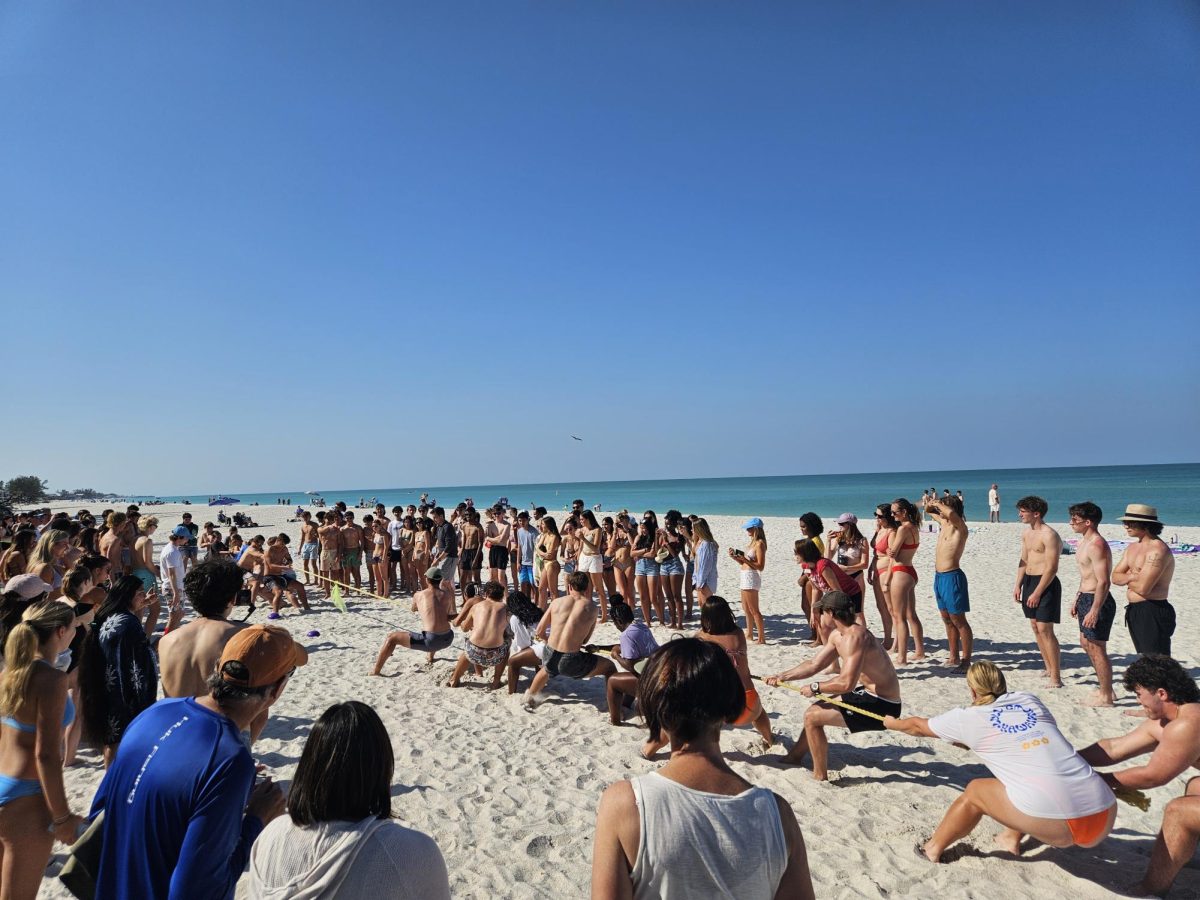Your H&M outfit has some unintended consequences
Apparel stores like Uniqlo, H&M, Forever 21 and Zara all offer on-trend items for a fraction of the cost of other retailers. However, one might want to think before they shop at these “fast fashion” destinations.
I am the second-highest contributor to pollution in the world. I employ more than 60 million workers, most of whom are women and children. I decide what you wear, where you shop, and how much you spend. What am I?
Answer: I am fast fashion. And I am quietly changing the planet.
In the age of overnight shipping and millions of retail options, convenience is king. People want on-trend styles quickly and at a low cost. In theory, the concept of “fast fashion” is good for consumers and retailers. Shoppers get the styles they want without breaking the bank, and clothing companies are able to produce low-cost items that have a high margin of profit.
According to Tharawat Magazine, the top three largest fashion retailers in the world are all participants in fast fashion (Uniqlo, H&M, and Zara). But what exactly is fast fashion, and what’s the big deal?
The Oxford Dictionary defines fast fashion as “inexpensive clothing produced rapidly by mass-market retailers in response to the latest trends.”
But as with all shiny things, there’s a downside, folks. The impacts that this process has on workers and the environment are extremely detrimental. As the Wikipedia page on this practice states, “fast fashion is not only about quickly moving from the runway to store to consumer, but also to the garbage.”
Saint Stephen’s resident fashion guru, sophomore Mia Mariano, describes fast fashion as “the idea that we buy clothes, we get rid of them, we buy clothes, we get rid of them and so on.”
Mariano explained, “You have big shops like Forever 21 and H&M that keep making a bulk of clothes that either never get worn or get thrown out almost immediately. It’s just way too much for the earth to handle.”
“The way in which fast fashion affects the earth is almost unbelievable,” Mariano added.
Buying clothes produced by fast fashion companies means supporting a cause that not only hurts the earth but also the people living on it. This poses an important moral dilemma: is it okay to buy into fast fashion? Is it okay to shop at H&M and Forever 21?
In terms of pollution, fast fashion is the second worst thing for the environment, only trailing oil pollution. Ever since the industrial revolution, factories have become the norm for mass production. With an emphasis on the speed of manufacturing over anything else, the workers and environment suffer, not to mention the quality of clothing.
According to sustainyourstyle.org, 20% of all industrial water pollution comes from textile treatment and dying, and 1.5 trillion liters of water are used by the fashion industry each year to grow crops such as cotton. Fast fashion companies are not alone in contributing to these statistics, but they do contribute an exorbitant amount to them.
These companies make an almost unfathomable amount of different styles of clothing at a dizzying rate. Because their products are so cheaply made, when someone buys a product from a fast fashion company, it is only a matter of time before their purchase wears out and they are forced to buy something new.
This means that many clothing companies are not only polluting the earth with the production of their goods, but these goods are also ending up in landfills when they’re thrown away after they inevitably go out of style or malfunction in a process known as planned obsolescence.
If that term sounds familiar, it might be because it was in the news a lot in late 2017 when Apple was exposed for designing their phones to break as soon as new phones came out. Planned obsolescence is not only reserved for tech companies, though. Fast fashion companies also design their clothes to be short-lived so that people will be forced to buy more of them.
All of these ramifications on the planet don’t even touch the impact fast fashion has on the people who produce the clothes. Most people know about the historic Triangle Shirtwaist Factory fire in 1911, where 146 workers died due to terrible working conditions.
In 2013, the Dhaka garment factory in Bangladesh collapsed, claiming 1,134 lives. Over 100 years later, fast fashion companies are still contributing to the deaths of laborers. The workers who were affected, predominantly women and girls, were subjected to low-pay, high-intensity labor. The Dhaka factory, along with countless other clothing factories of its kind, did not meet safety requirements.
Though this should’ve served as a wakeup call for workers’ rights, little has changed in the roughly seven years since the incident. Fast fashion companies put people’s and the Earth’s lives in danger in order to maximize their profit.
So why do people continue to support companies that are so detrimental to our world?
The main reason is the low cost that fast fashion brands are able to boast. Presented with the choice of buying ten five-dollar shirts or one fifty-dollar shirt, the former seems to be an obvious choice. However, those ten shirts will wear out quickly and in a few months, they will end up in landfills and get replaced by ten more shirts. In the long run, buying one nice shirt might be the way to go.
However, not everyone is in a position to drop half of a hundred bucks on one shirt. And even if money isn’t an issue, there’s still a more sustainable option.
When The Gauntlet asked Mariano what she does to combat the issue of fast fashion, she responded emphatically with “thrift stores!”
Additionally, shopping in places where the products come from sustainable, known sources is the way to go. Thrifting isn’t for everyone, and getting some retail therapy at the mall is always fun, but one just has to know where to look. Further, avoiding stores known for using faraway labor, like Forever 21, H&M, Zara, and Walmart is always a good rule of thumb.
Thrifting is a great way to spend as little as possible on pre-owned clothing which doesn’t contribute at all to the pollution that making new clothes produces. Goodwill can seem daunting what with sorting through racks of used, mysterious items that couldn’t be called conventionally stylish. However, for those who take the time to search, Goodwill can be a veritable treasure trove of vintage, pre-loved clothing.
Other places such as Plato’s Closet (another second-hand store which specializes in higher quality clothes) offer more name-brand options, still without contributing to the crisis that is modern clothing production.
Even if fast fashion is on the rise, that doesn’t mean its growth can’t be halted. The way that clothing is being produced currently is simply not sustainable and if a change doesn’t come soon the ramifications will only get more severe.
So the next time you head to the mall for some fast fashion retail therapy, consider slowing down.

Caroline is a Senior at Saint Stephen's and is returning for her third year on The Gauntlet. This year, she is taking on the position of Editor in Chief....

Evanthia is a third-year Creative Director on The Gauntlet. She is a senior here at Saint Stephen's and likes drawing, playing Genshin Impact, and hanging...
















































Vicki Bryant • Feb 4, 2020 at 5:54 pm
I disagree with your premise. I do not buy clothes to throw away. The items I’ve bought at H&M are extremely well made and fit in with my lovely extensive wardrobe. Their clothes are beautiful, well made, and marvelously inexpensive. PLUS one receives a 15% discount on one’s purchases if one contributes. One’s unwanted clothing! I have a slew of beautiful things I bought last summer made of RECYCLED MATERIAL!! Zara also has lovely clothes. Forever 21, however., could not begin to compare as its clothes were cheaply made and not as attractive. They are also out of business as of Dec. 31, 2019.